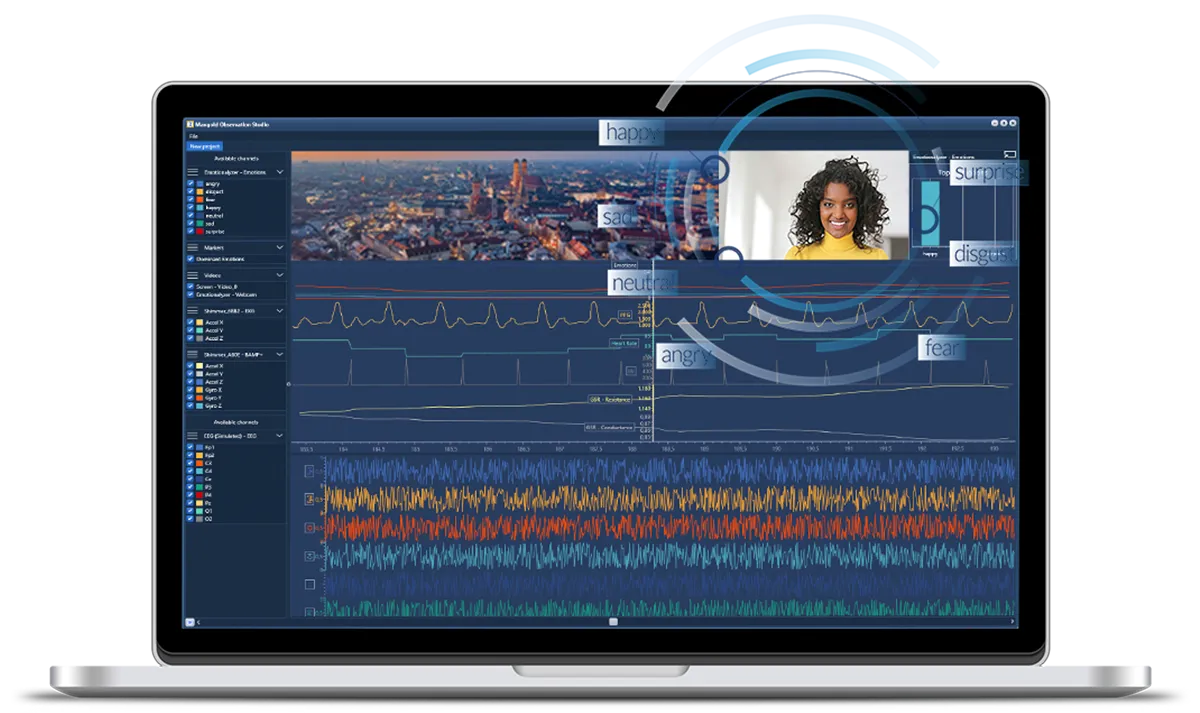Application Area · 3 min read
Human Factors Engineering in Sports
Explore how human factors engineering optimizes athlete performance and experience by integrating principles from engineering, psychology, and biomechanics to improve equipment design, training methodologies, and athlete well-being.

Optimizing Performance and Enhancing Athlete Experience
Human Factors Engineering in Sports aims to enhance the synergy between athletes and their environment, leveraging principles of design and ergonomics.
This article introduces the key components of this field and its role in elevating athlete performance, safety, and overall satisfaction.
Core Principles of Human Factors Engineering in Sports
- Biomechanics and Ergonomics: Applying biomechanical principles to optimize equipment design, taking into account the physiological capabilities and limitations of athletes.
- User-Centered Design: Placing athletes at the center of the design process, ensuring that equipment, apparel, and training regimens align with their needs, preferences, and biomechanical characteristics.
- Cognitive Load and Decision-Making: Understanding the mental demands placed on athletes during training and competition, with a focus on minimizing cognitive load and optimizing decision-making.
- Injury Prevention: Integrating human factors considerations into injury prevention strategies, including equipment design and training protocols to reduce the risk of injuries.
Methodologies in Human Factors Engineering in Sports
- Biomechanical Analysis: Using motion capture and force measurement technologies to analyze the biomechanics of athletic movements, informing equipment design and training techniques.
- Usability Testing for Sports Equipment: Assessing the usability, comfort, and performance of sports gear through athlete feedback and testing in real-world conditions.
- Performance Monitoring: Implementing technologies such as wearables and sensors to monitor athlete performance, providing data-driven insights for training optimization.
- Environmental Ergonomics: Considering environmental factors, such as temperature and altitude, in the design of sports equipment and training programs to optimize athlete performance.

Applications of Human Factors Engineering in Sports
- Sports Equipment Design: Enhancing the design of sports equipment, including footwear, apparel, and protective gear, to improve comfort, performance, and injury prevention.
- Training Program Optimization: Tailoring training programs to individual athletes, considering their biomechanical profiles and optimizing training loads for improved performance and recovery.
- Stadium and Venue Design: Incorporating human factors principles in the design of sports stadiums and venues to enhance spectator experience, safety, and accessibility.
Athlete Well-being and Experience
Human Factors Engineering in Sports prioritizes athlete well-being, ensuring that the design of equipment and training programs enhances not only performance but also the overall experience of athletes.
Challenges and Considerations
- Ethical Considerations: Balancing performance optimization with athlete well-being and ensuring ethical use of data, especially in the context of wearables and performance monitoring.
- Variability in Athlete Characteristics: Accounting for the diversity in athlete characteristics, including age, gender, and skill level, to create inclusive designs and training programs.

Future Directions and Collaborations
- Integration of Virtual Reality (VR): Exploring the use of VR in athlete training and simulation to enhance performance and decision-making skills.
- Interdisciplinary Collaborations: Strengthening collaborations between engineers, sports scientists, psychologists, and athletes to ensure a holistic approach to human factors engineering in sports.
Conclusion
Human Factors Engineering in Sports is a dynamic field that contributes to the continuous evolution of sports performance, safety, and athlete experience.
By integrating human-centric design principles and leveraging advanced technologies, this field plays a pivotal role in shaping the future of sports, fostering a balance between optimal performance and athlete well-being.
As sports science continues to advance, human factors engineering will remain an essential driver of innovation in the world of athletics.
Mangold Observation Studio
The advanced software suite for sophisticated sensor data-driven observational studies with comprehensive data collection and analysis capabilities.
